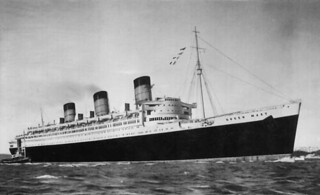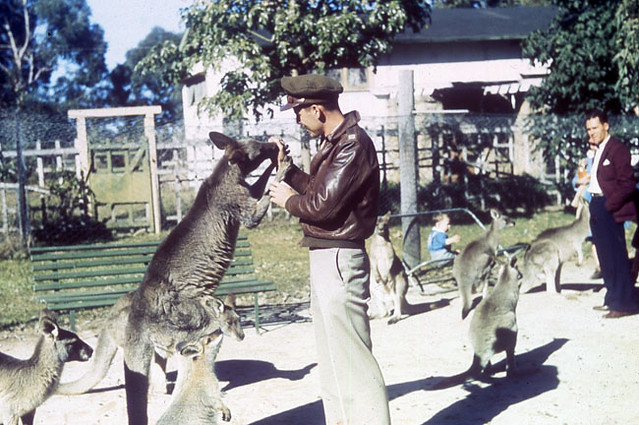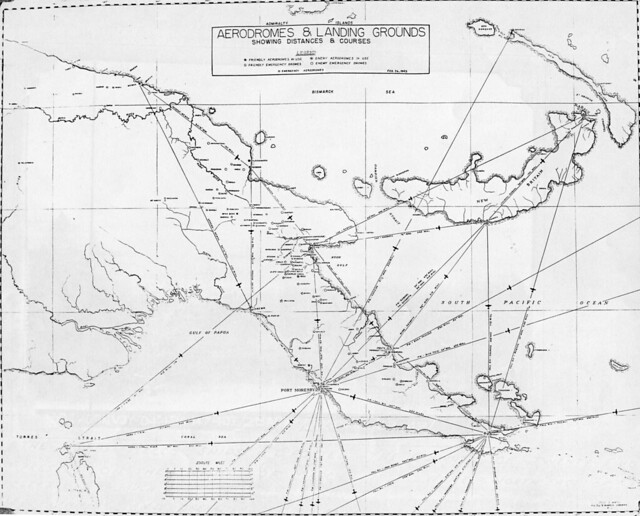Some humor out of the Pacific Theater. The following poem was included with a diary from Robert Pickard of the 71st Squadron, 38th Bomb Group.
Letter From New Guinea (Australian author unknown)
Dear Joe, – – You ought to see me
In my shanty on the rise,
With the great mosquitoes buzzing
And the hordes of ants and flies.
You should see the snakes and scorpions,
And the centipedes and bugs,
And they’re not brought on by drinking
From old black quart pot mugs.
We’ve seen these things in Aussie
In the good old droving days,
And they often looked much bigger
Gazing through a drunken haze.
All these monsters in New Guinea
Were a curse and pest at first.
They’re now commercialised by Army,
So the Jap can do his worst.
You couldn’t kill these mossies
If you used a bullock yoke.
So they use them now as bombers
When they’re properly tamed and broke.
The ants are much more docile,
Rather sluggish for a hack,
But they used a mob as pack mules
On the Owen Stanley Track.
The flies are rather flighty
And they take some breaking in,
But send them after Zeros, and
The flies will always win.
The snakes are used by sappers
On the flooded river ground:
They use them there as bridges
For the soldiers northward-bound.
The scorpions, Joe, are streamlined,
They’re bullet-proof as well;
They carry eighteen-pounders
And they blow the Japs to hell.
How to get stores over the mountains
Had the ‘Big Shots’ at a loss
‘Till they used the mighty centipede
To tow the stores across.
The bug’s a handy scout car
And he very seldom jibs,
But be careful when you touch him
Or he’ll kick you in the ribs.
The rats are wild and snorty
Like that blooming mare you sold,
But the ‘Fuzzy-Wuzzies’ ride ’em
To deliver ‘Guinea Gold.’















 7.
7. 
